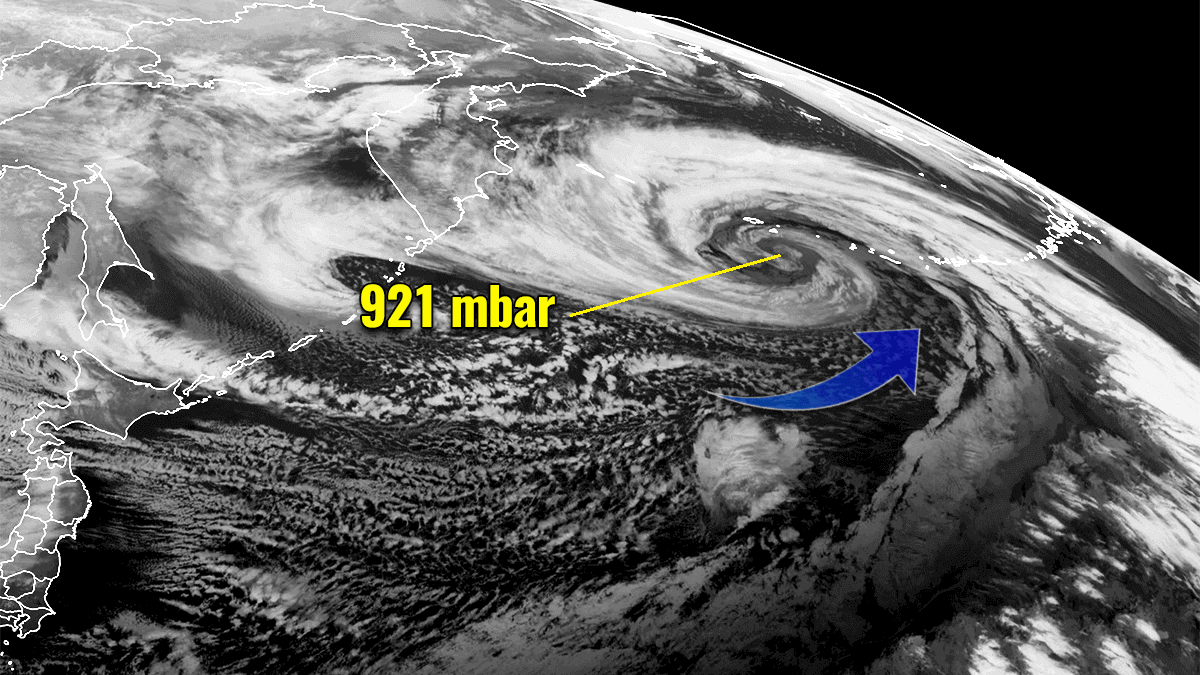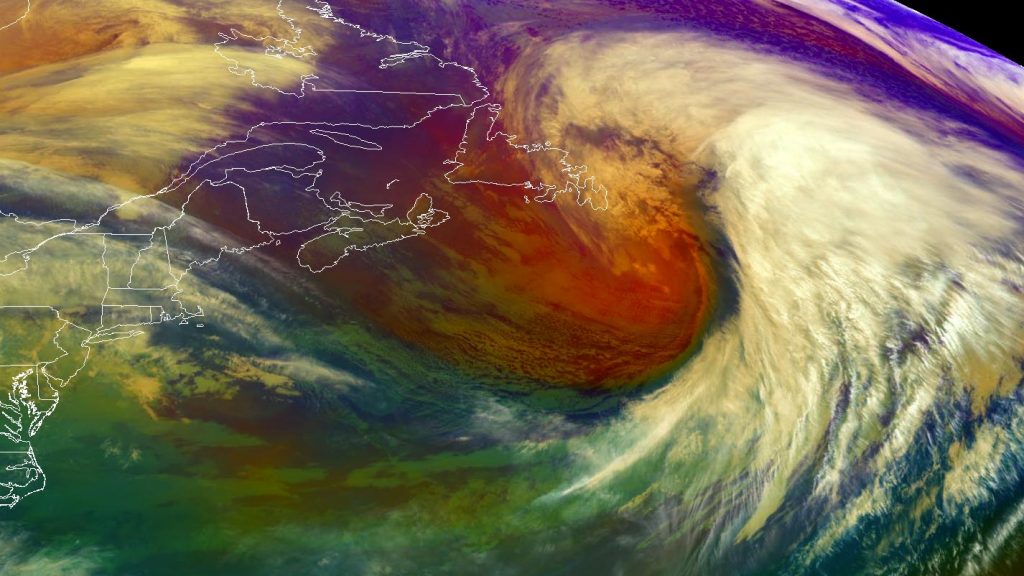Explosive Cyclogenesis has various names such as bomb cyclone, bombogenesis, weather bomb, or meteorological bomb. Hence, it is a cyclone of mid-latitudinal extra-tropical wherein it happens due to atmospheric pressure’s extreme drop at the center. Let’s study the same in more detail below.
Explosive Cyclogenesis: What is it?
Explosive Cyclogenesis is commonly known as a bomb cyclone. The concept of cyclones is necessary for understanding how such types of natural occurrences happen. Additionally, the Earth contains some areas of low pressure especially the northern hemisphere, wherein rotation of the wind takes place counterclockwise. Furthermore, the development and formation of all depressions or squalls experience some types of cyclogenesis. The formation of such occurrences happens with the help of occluded, and warm front systems in their initial stage.
Moreover, the decreasing of the atmospheric pressure’s minimum value happens during their life cycle’s first part. In common parlance, the formation of a cyclone very intensely and quickly is explosive cyclogenesis. Later on, the same cyclone forms into a very harsh storm. Thus, the Meteorological Bomb is the ordinary term used for rapidly forming storms. Moreover, the decreasing of the atmospheric pressure takes place up to 24 mb more or less in the explosive cyclogenesis.

Explosive Cyclogenesis: Formation
Explosive Cyclogenesis formation’s explanation for such a size is not easy to provide. Latitude is the main factor for the formation. The latitudes required for the happening of such a storm are between fifty and sixty degrees. Furthermore, the Earth’s rotation influences the cyclogenesis process. Pacific and the Atlantic Ocean are the most commonplace for occurrence. Additionally, the Positive interaction of the storm with another of higher levels much exist together in a synchronized and timely way for the production of such a bomb.
Cyclogenesis Basic Facts
Explosive Cyclogenesis happens only in winters. A strong level of upper winds is needed for their formation. Cold air fronts and cold air exists in such cyclones. Thus, their growth takes place when an area of low pressure gets filled with dry air. Depression in the storm is one of the primary causes of such occurrence. There are four active regions where such cyclones occur. They are Northwest Pacific, the South Atlantic, the North Atlantic, and the Southwest Pacific.
Bomb Cyclone results in severe and strong wind speed. Sometimes, it results in heavy snowfall and blizzard up to one foot. Furthermore, it also leads to severe floods as the rainfalls occur with high intensity. Some other impacts are damage to the environment, infrastructure, social damage, economic losses, etc.
Stay Tune To Global Coverage for Latest Updates.

